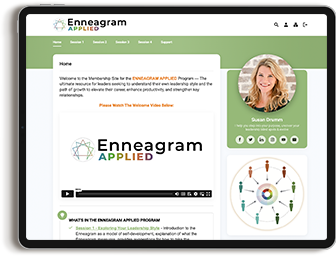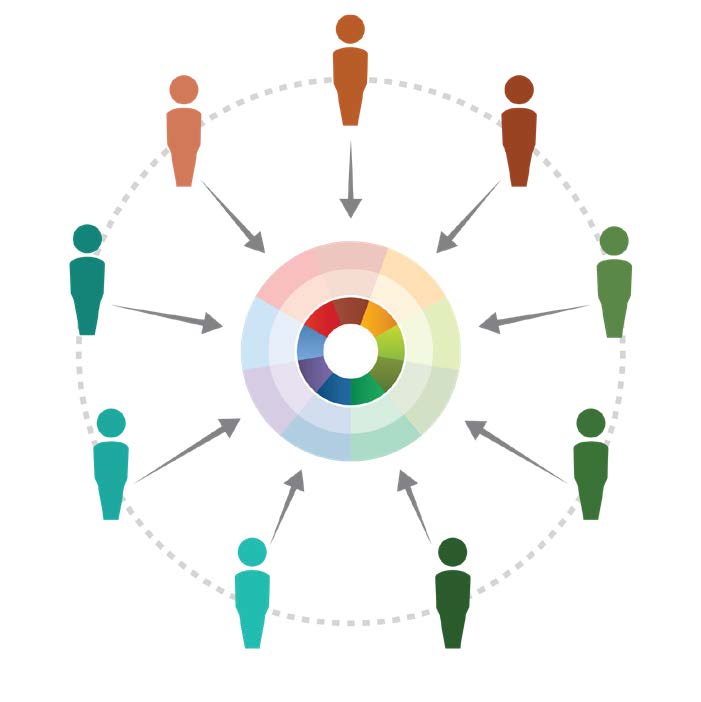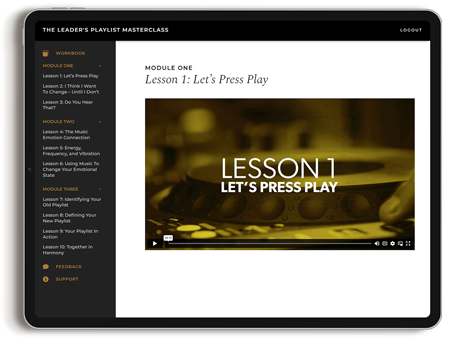Making complex, high-stakes decisions (feat. Cheryl Strauss Einhorn)
What’s your current process for making a complex, high-stakes decision as a leader? Do you conduct extensive research? Rely on your intuition? Ask for advice from trusted parties?
Most decision-making models include some version of each of these components. But few actually guide you through a specific, logical research process — and fewer still include built-in cognitive bias challenges.
Except for the AREA Method, a decision-making system for individuals, companies, and nonprofits to solve complex problems.
The AREA Method was developed by Cheryl Strauss Einhorn, the founder of coaching and consulting company CSE Partners, who is also an adjunct professor at Columbia Business School and Cornell Tech.
Cheryl explains that leaders might find it challenging to make complex decisions (or lack confidence in their final decision) because they believe in three core decision-making myths:
- Decisions should be made quickly and efficiently
- We are rational human beings
- Our decisions affect us alone
Some of these might hold true for small, short-term decisions, like which route to take to the supermarket. But for the complex, high-stakes decisions that leaders are facing, believing these myths can lead to poor outcomes.
What is a complex, high-stakes decision?
Cheryl defines a “complex, high-stakes” decision as one where…
- The outcome is unknown
- The impact is long term
- The price for getting it wrong is costly
For example, the decision for whether to reopen in-person offices or to continue to allow employees to work from home post-pandemic is a complex, high-stakes decision many leaders are facing now.
How the AREA Method works
The instinct, in our “Googleable” world, is to propose a question, receive dozens of different viewpoints, and weigh them all as they come in — much like you would type a question into Google and be served ten results from various sources that may or may not be aligned with your goals or make sense for your circumstance.
The AREA Method is the opposite of this haphazard approach to decision-making. It guides you through collecting information in a way that helps correct for cognitive biases and leads to the right decision for you:
AREA is an acronym that stands for Absolute information, Relative sources, Exploration and Exploitation, and Analysis.
As a result of applying this process, leaders end up with a documented trail of ordered steps they took to arrive at their decision, including self-reflection. This trail not only makes them feel more confident in their final decision but also helps improve buy-in from team members who now have proof they did their due diligence.
Cheryl shares…
- How the AREA Method works, step by step
- Why the AREA Method helps leaders avoid “analysis paralysis”
- What a “Cheetah pause” is and how it helps leaders be less reactive in their decision-making
Listen to the episode to learn how to use the AREA Method for strategic, more insightful decision-making.
Learn more from Cheryl Strauss Einhorn at https://AREAMethod.com.




